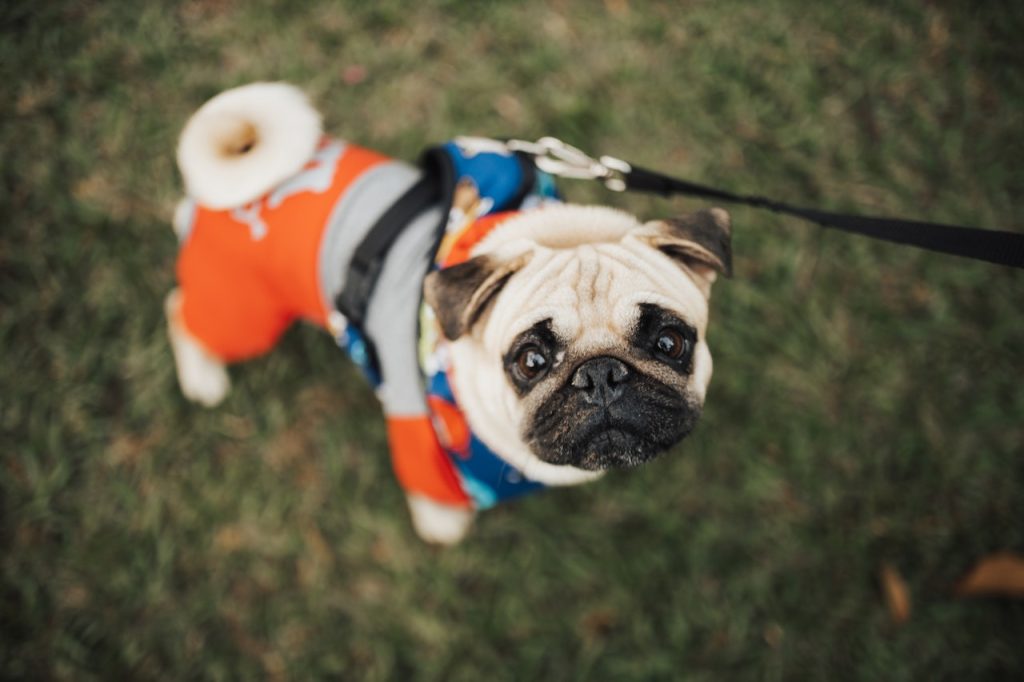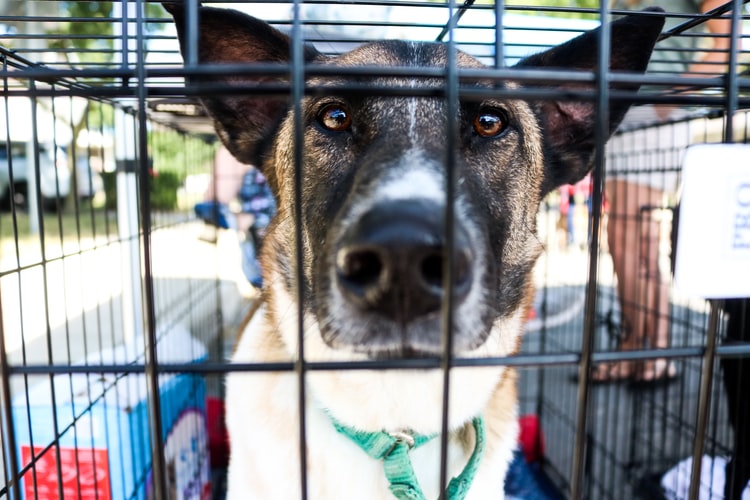Have you ever watched your dog carefully and wondered what they were trying to tell you? From wagging tails and happy barks to dropping toys in your lap, dogs have their own unique ways of communicating with us. In this blog post, we will explore the fascinating world of canine body language and vocalizations, helping you better understand your furry friend and develop a stronger bond.
Observing Movement and Gait
A dog’s movement and gait can provide helpful insights into their emotions and energy levels. A relaxed, bouncy walk typically signals a happy and content dog, while a dog that appears tense and moves more slowly may be fearful or anxious. On the other hand, a dog that is pacing might be displaying anxious behaviors or trying to communicate a need they have, such as going out for a walk or desiring interaction with its owner. Being mindful of your dog’s movement and posture changes is crucial to better understanding them.
How a dog holds their body can express much about their emotional state. Observe these common postures and their meanings:
- Play bow: Front legs stretched out, rear end raised — your dog’s way of inviting play.
- Rolling over: Exposing their belly shows vulnerability and trust, often seeking comfort or belly rubs.
- Rigid stance: Muscles tense and body stiff, often indicating fear or aggression.
- Leaning: Leaning into or away from you might communicate either affection or apprehension.
Face and Ears
Canines communicate with their eyes just as humans do. With practice, you can learn to decipher your dog’s feelings by observing the size of their pupils, their gaze direction, and even the tension of their brows. For example, wide eyes with visible whites often reveal fear, stress, or aggression, while averted eye contact usually indicates submission or appeasement. Direct eye contact may suggest focus, curiosity, or potentially a challenge.
A dog’s ears and facial expressions offer valuable clues about their emotions. Here’s what to look for:
- Ears forward: Dogs are alert and attentive.
- Ears flat or back: The dog is fearful, submissive, or anxious.
- Relaxed ears: Your puppy is calm and content.
- Lip licking or yawning: Can indicate stress, appeasement, or calming signals. In some cases, excessive lip licking can indicate discomfort or a potential health issue. Read more about dog licking lips to better recognize when your pet may need attention or care.
Canine Scent Marking
While scent marking may not be a form of communication that we can directly interpret, it is still an essential part of your dog’s way of communicating with other animals and marking their territory. Dogs use their urine and feces to leave scent marks, providing information to other dogs about their presence, age, health, and even reproductive status. Paying attention to where and when your dog marks can give you a better understanding of their motivations. For example, a dog that frequently marks at the same spot may be indicating a high level of anxiety or a determined sense of territoriality.
Talking and Tails
Barks and whines are also important aspects of the doggy dialect. Recognizing different sounds and pitches can provide insight into what your pup is trying to convey. High-pitched barks often indicate fear, surprise, or pain, and continuous barks can signal an intruder or something urgently requiring attention, such as needing to go outside. Low-pitched barks may signal a threat or protective mood. Whining can imply discomfort, anxiety, or a desire to be close to their owner.
One of the most recognizable canine body signals is tail wagging. While it usually indicates happiness, different tail positions and wagging speeds can also reveal other emotions. Here are some common tail positions and their meanings:
- Relaxed: Tail hanging down naturally, indicating the dog is calm and content.
- Raised: Tail pointing up, suggesting the dog is alert and attentive.
- Tucked: Tail between the legs, revealing anxiety or fear.
- Horizontal: Tail held straight out, showing the dog is focused or curious.
Creating a Comfortable Environment
To foster effective communication with your dog, it’s important to create a comfortable environment that encourages trust and connection between you and your pet. Provide ample opportunities for your dog to feel secure and express themselves while learning their unique signals in various situations. This may include giving them designated spaces in your home to retreat to, engaging in regular interactive playtime, and ensuring consistency in routines, training, and positive reinforcement. All of these factors contribute to a more trusting and communicative bond between you and your furry companion.
Understanding canine communication allows us to forge stronger connections with our four-legged companions. Keep in mind that like humans, each dog is unique, so it’s essential to pay attention to your furry friend’s individual signals. By observing and interpreting their body language and vocalizations, you are on your way to decoding doggy dialect and developing a more profound bond with your beloved pet.



